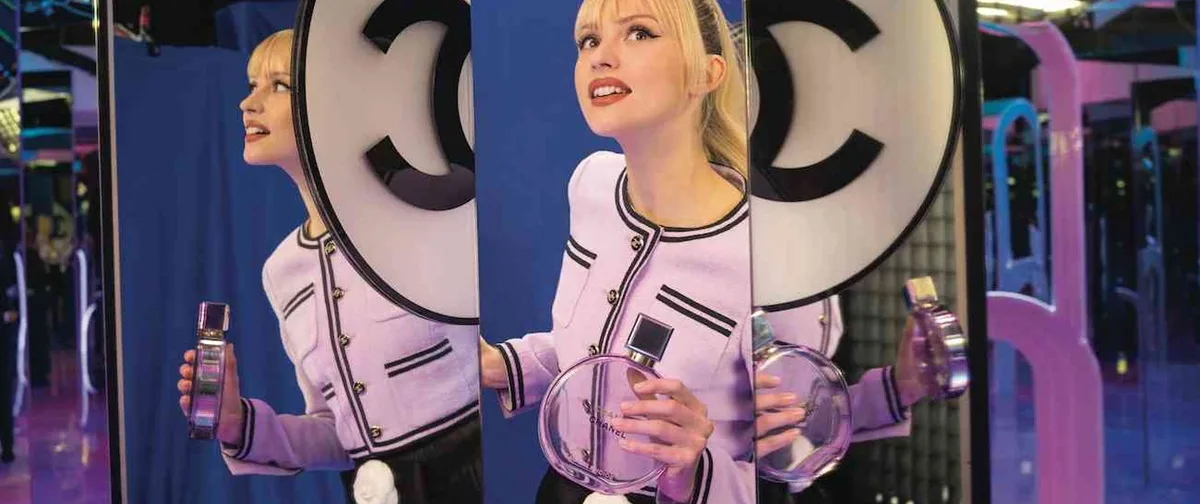When American Bob Hayes crossed the finish line at the Tokyo Olympics in 1964, winning gold in the Men’s 100 metres, there were two times measured. One manually by the stewards, one via a fully automatic timing device. Although it was not evident as Hayes celebrated his triumph, in that moment Olympic timing changed forever.
Before the 1964 games, Olympic and world records were measured by officials with stopwatches to the nearest tenth of a second. Fully automatic electronic timing was used in Tokyo for the first time, but the times were given the appearance of being manual by an arbitrary rule of subtracting 0.05 seconds from the automatic measurement and rounding to the nearest tenth of a second. On the official’s stopwatches Hayes recorded an averaged time of 9.9 seconds. Under IAAF rules this would have given Hayes the first official sub-ten second world record for the 100 metres. However, with the automated timer Hayes stopped the clock at 10.06 seconds, which after conversion was rounded down to 10.0. Hayes had been denied an historic world record by idiosyncratic rules and the new electronic eye.
The brave new world of impartial timing for sports events had been introduced. Watch brands such as Omega, Heuer and Longines had a long run association with the Olympics. Omega, in 1948, produced the first ever photo finish equipment on the occasion that the stopwatch brandishing stewards could not separate the winner from the second place. But despite the progress made with manual timing, it was Seiko and their work for the 1964 Olympic summer games that was a juncture point for sports event timing. With the Olympic Games taking place in Tokyo once again this year (delayed for obvious reasons), there was a chance to look back and evaluate how timing has developed.

There were three areas that required work for the 1964 Tokyo Olympics: mechanical stopwatches, portable quartz clocks, and display size clocks for the main stadiums. In terms of the stopwatches, Seiko used their formation of Grand Seiko and their participation in observatory timing competition to refine and develop mechanical mechanisms.
Second, Seiko refined the technology on quartz clocks that were the size of a small cupboard in 1961 to a portable box that could easily be located at a track event or some other sporting venue by 1964. However, they continued to push the technology even further. Not only was it the case that events could be accurately timed, but the outcome was electronically recorded on a printed readout. To integrate all systems Seiko developed dot-matrix printing and with it, the new product line ‘Epson Printers’ was formed.
The final problem to solve was getting the readout to giant electronic notice boards so all spectators could see the results for themselves. Seiko developed large clocks and display units that could be activated manually along with the interconnected electronic boards with starter pistols, phototube equipment, and wireless devices, depending on the type of sport.

Over the intervening decades the quartz technology was refined even further. The ability to time events ever more accurately was brought into stark relief in the final of the Men’s 400 metres medley swimming event at the 1972 Olympics. At the finish, where swimmers touch the pad to stop the clock, Gunnar Larsson (Sweden) was there at the same moment as the American: McKee. Both stopped the clock at 4:31.98. Initially it looked as if the result was the first shared victory in Olympic swimming history. But on examining the electronic time officials then declared Larsson the champion at 4:31.981 by two thousandths of a second from McKee. The difference in time being the depth of a tile that lined the Olympic swimming arena. A difference that was arbitrary and could be attributable to the lane rather than the swimmers. Never again would such a distinction be made and deciding events by such a narrow margin was ruled inadmissible.

Since 2008 Omega has taken over the duties with a long-term arrangement with the IOC. Now one of the world’s top brands for mechanical watches, they continue to accelerate the change in technology, propelling the future of sporting performance along with it.
The changes and improvements are now constant and almost imperceptible in terms of what is seen within the technology but have effects in terms of time. Leading up to the 2021 Olympic Games in Tokyo, Omega have developed devices used in precision sports timing across a range of events, among them the Scan’O’Vision, MYRIA photofinish cameras, starting blocks, false-start detection technology and high-speed video systems.

In conversation with Alain Zobrist (Head of Olympic Timing at Omega and CEO of Swiss Timing), he listed three ways in which the time for the 100 metres had been made more accurate in the intervening decades. First, the starting blocks and start gun capture false starts by measuring the pressure on the blocks at 2,000 times a second. If the pressure is different for any sprinter within one tenth of a second after the start gun it is declared a false start. Second, the photocell finish camera can record 10,000 pictures a second as the runners cross the line to record the exact moment and time. Third, the equipment now allows the time to be recorded to one millionth of a second.
Asked about his favourite Olympic timing moment Zobrist named the Women’s downhill skiing at Sochi in 2014. Echoing the events surrounding the finish of the Men’s 400m medley swimming in Munich in 1972, both skiers recorded the same time to the nearest 1/100th of a second. Although it is now possible to refine timekeeping down to one ten thousandth of that difference, the joint winners result stood. Despite small variations in speed and the exact course taken by both Tina Maze of Slovenia and Dominique Gisin of Switzerland, they fittingly shared the gold medal and the title.
The resources required for Olympic timing are now considerable. Gone are the stopwatch brandishing stewards to be replaced by a small army of over 530 officials that include engineers and software specialists and approximately 400 tonnes of equipment. Even though electronic hardware can fail, the Atlanta Games in 1996 being the most prominent example, Zobrist does not lose any sleep over it. There are backup systems on backup systems and all eventualities are covered. It is an undertaking he is honoured to undertake.
It is interesting to reflect that had Bob Hayes been competing in this year’s Tokyo Olympics, with the modern track, equipment and technology, what would his time have been? Was he fast enough to have run the first sub-ten second 100 metres? One indication is the Olympic record he still holds. In the final leg of the 4×100 metre relay, Hayes ran the distance in 8.60 seconds from a rolling start. Not even Usain Bolt could beat that.
Words: Dr Andrew Hildreth
Opening picture: Bob Hayes (USA) wins gold at the final of the 100m men – Tokyo 1964 Olympics, with the timing stewards and the new electronic eye looking on. ©1964 Comité International Olympique.

















Show Comments +